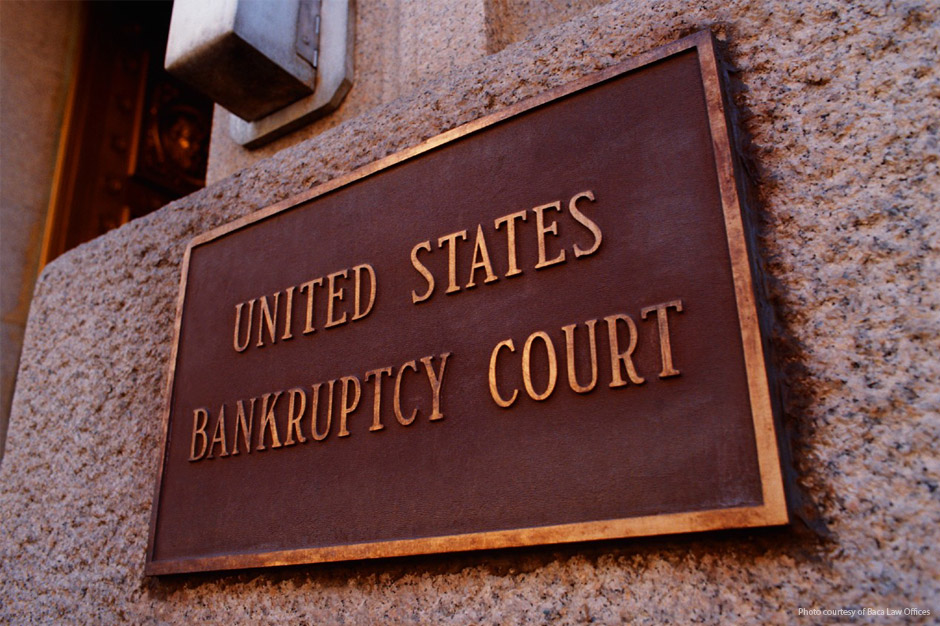Rite Aid. General Motors. Krispy Kreme. Sbarro. Dollar Thrifty. Trump Entertainment. What do these brands have in common? They're all expected to go under this year.
What is behind this failure?
Some say the answer is obvious. It's the "economy." Is it? In a recent study of 1,847 products and services in 75 categories, only 21% of those examined had points of differentiation that were meaningful to consumers. The essence of the problem is not the economy, it's creeping commoditization. More and more categories are slipping into placeholders, being commoditized with no point of difference.
Marketers, wake up!
If your brand is among the 79% failing the differentiation test, your company is vulnerable. Brands that slip into commoditization must compete on price. No happiness there. The only way out of this marketing mess is "differentiation."
Once upon a time, you didn't have to have a differentiating marketing strategy. But in today's era of hyper-commoditization, it is critical. Customers now have this endless sea of choice. Which now means they can go wherever they want to go, and if they are with you and you screw up they are on to another brand, rather quickly and heartlessly, I might add. And that's why you really need a differentiated strategy and you have to essentially do a very good job with that strategy to get it into the minds of prospects. If you don't do this, your customers will move on.
The nail is differentiation. The hammer is your communication program.
The job of the marketer is first finding that differentiating idea and putting it into the right set of words. What obvious idea will separate you from competition? Toyota is reliability. Altoids is strong. Advil is advanced. McDonald's is the world's fast food restaurant. If you don't have a solid strategic idea that differentiates your brand, something you can focus your company, product or service around, you better be prepared to have a low price. Once you have your idea, you have to drive it into the minds of prospects. The mind is really where the ultimate battleground for all marketing takes place. Think of the idea as the "nail" and your communications program as the "hammer." If you don't have the hammer, it doesn't matter what idea you have. On the other hand, if you have a dull idea, not a sharply focused, differentiated idea, no amount of hammering will work. You really have to think in terms of getting the right idea, and getting the idea right in terms of how you express it, and with what tools and means.
How to begin.
First figure out what you are communicating, what your obvious difference is, what's the story around that difference. Next, figure out how to get your story out to the audiences or segments you want to reach. Think about what tools line up best with the story you're trying to tell. Some mediums line up well, some not as well. Prioritize. Infuse your choice of tools with your differentiating idea. Keep your message boringly simple and consistent! Lastly, you have to spend money to hammer your idea into mind. You can't do this with telepathy.
If you don't know your difference, or how to express it, find an agency that can help you. We know a good one you can talk to...
Lorraine Kessler is Innis Maggiore's Principal Client Services & Positioning Strategist.



